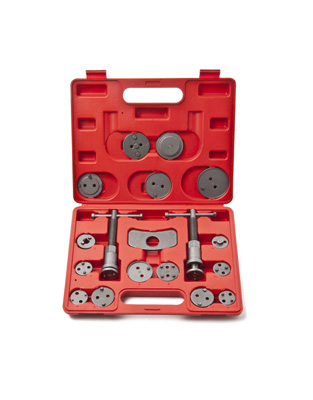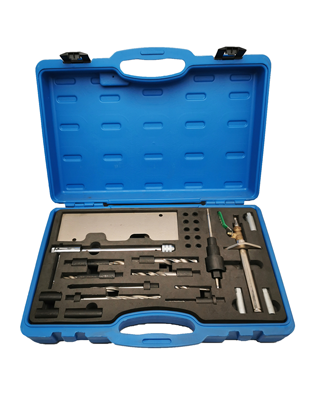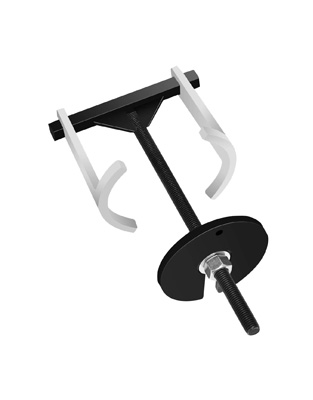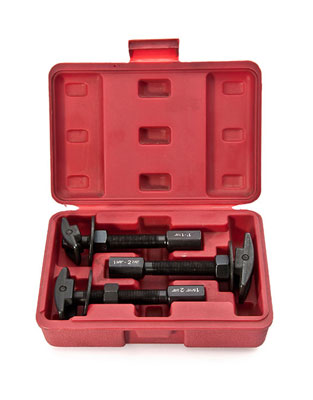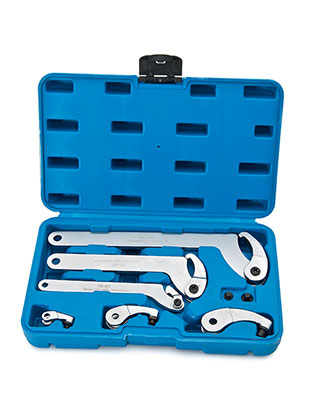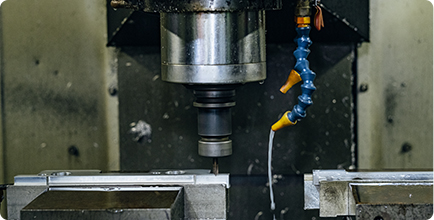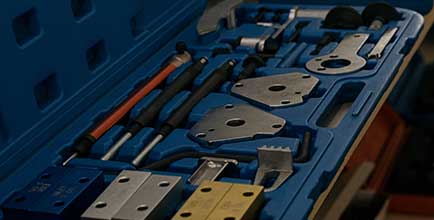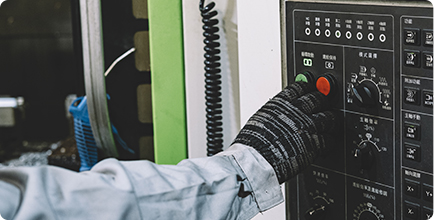If you are a car enthusiast or a mechanic, you know the importance of maintaining the proper tension in your vehicle's belts. A belt that is too loose can slip, while a belt that is too tight can put excessive strain on the components it powers. Thankfully, there is a tool that can make this task a breeze – the belt tension measurement tool. In this article, we will discuss the easiest way to use this tool and ensure optimal performance of your vehicle's belts.
Before we dive into the details of using a belt tension measurement tool, it is important to understand the significance of maintaining the right tension in your vehicle's belts. Belts are responsible for driving various engine components, such as the alternator, water pump, power steering pump, and air conditioning compressor. Any variation in tension can directly impact the performance of these components, leading to a decrease in efficiency and potential failure.
Now, let's move on to the main topic - how to use a belt tension measurement tool. This tool, also known as a belt tension gauge, allows you to measure the deflection of a belt under a specified load. By doing so, you can determine whether the tension is within the manufacturer's recommended range.
Prepare the vehicle
Start by ensuring that the engine is switched off and the key is removed. This is a safety precaution to prevent any accidental starting of the engine during the measurement process. You should also have a clear view of the belt you are going to measure.
Choose the right spot for measurement
Identify a suitable spot on the belt where it can be easily accessed for measurement. Ideally, this spot should be in a straight section of the belt, away from any pulleys or tensioners. Make sure the belt is clean and free from any debris that may affect the measurement.
Align the belt tension measurement tool
Place the belt tension measurement tool perpendicular to the belt at the chosen measurement spot. Most belt tension gauges have an adjustable contact point or a hook that needs to be attached to the belt. Ensure that the contact point or hook is firmly in place and not touching any other surfaces.
Apply the load and measure the deflection
Apply the specified load as indicated by the manufacturer onto the belt tension measurement tool. This is typically done by pressing down on the tool or pulling on the attached string. With the load applied, observe the deflection of the belt and note the measurement provided by the tool. This measurement will indicate the tension of the belt.
Using a belt tension measurement tool is a straightforward process once you familiarize yourself with the steps involved. However, it is essential to have a high-quality tool to ensure accurate measurements. One brand that stands out in the market is Bruide. They offer a wide range of automotive tools, including a valve spring compressor set, that are known for their durability and precision.
In conclusion, maintaining the proper tension in your vehicle's belts is crucial for optimal performance and longevity. By using a belt tension measurement tool, such as the ones offered by Bruide, you can easily determine whether the tension is within the recommended range. This ensures that your vehicle runs smoothly and efficiently without any belt-related issues. Invest in a reliable belt tension measurement tool and follow the aforementioned steps to keep your belts in perfect working condition.
 EN
EN










